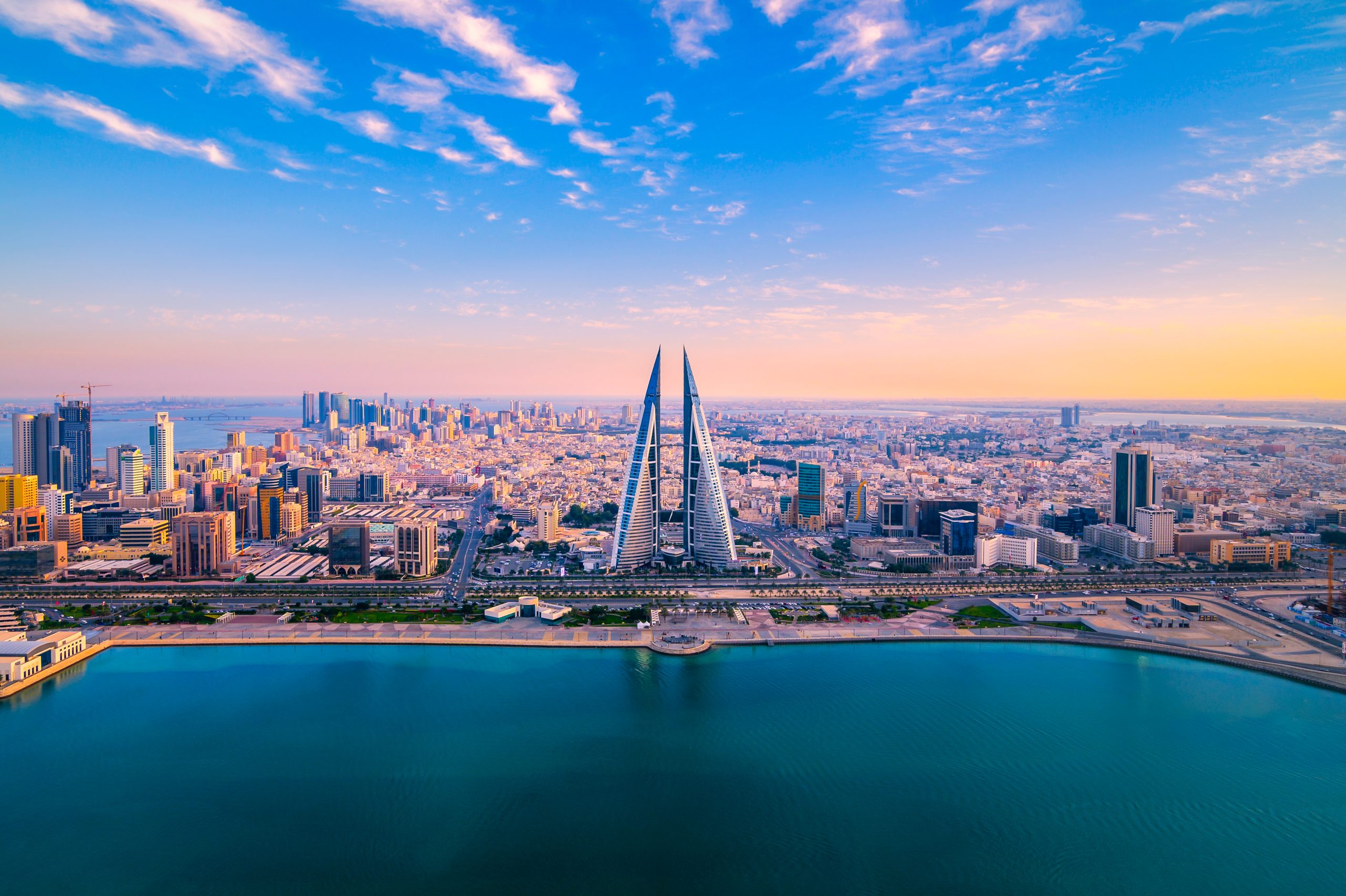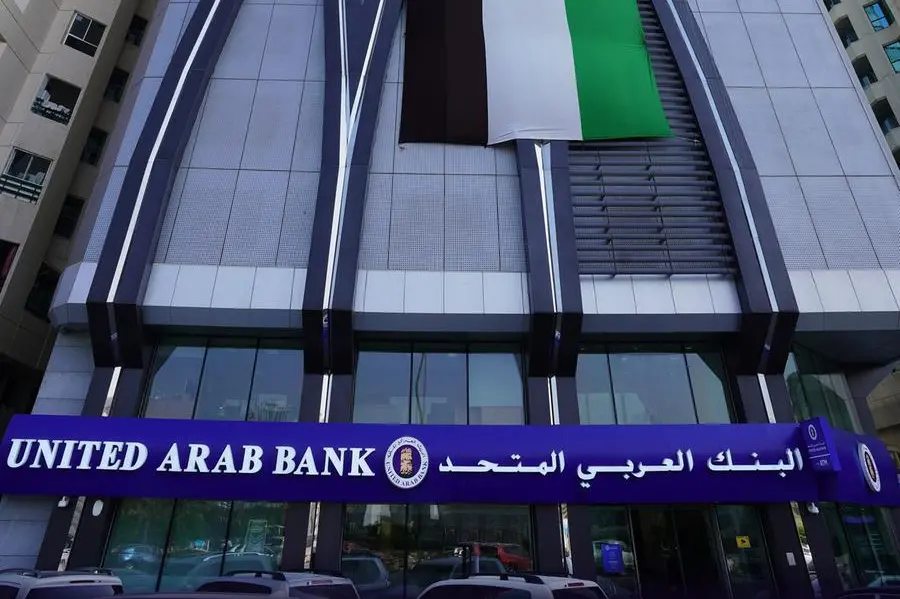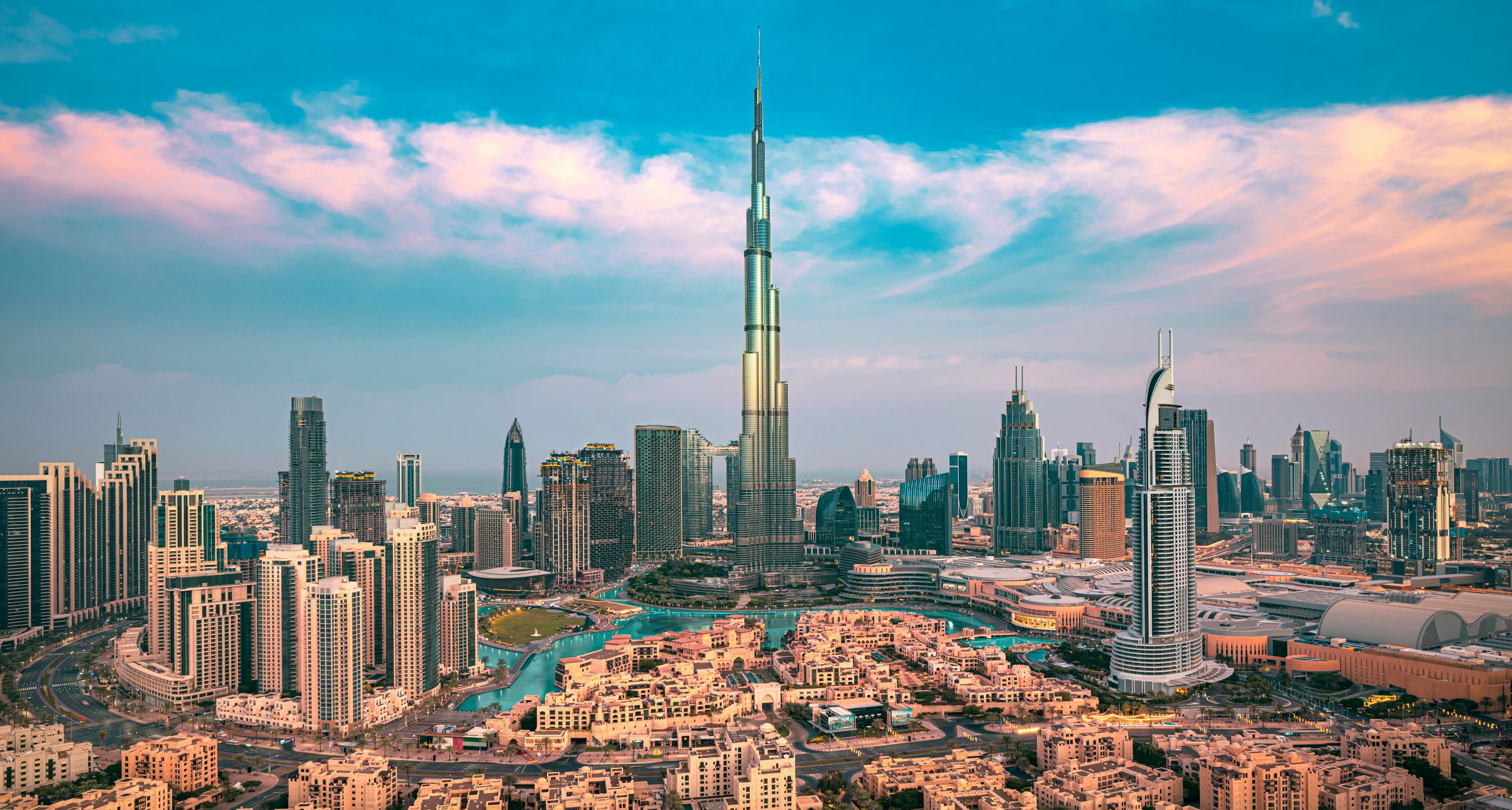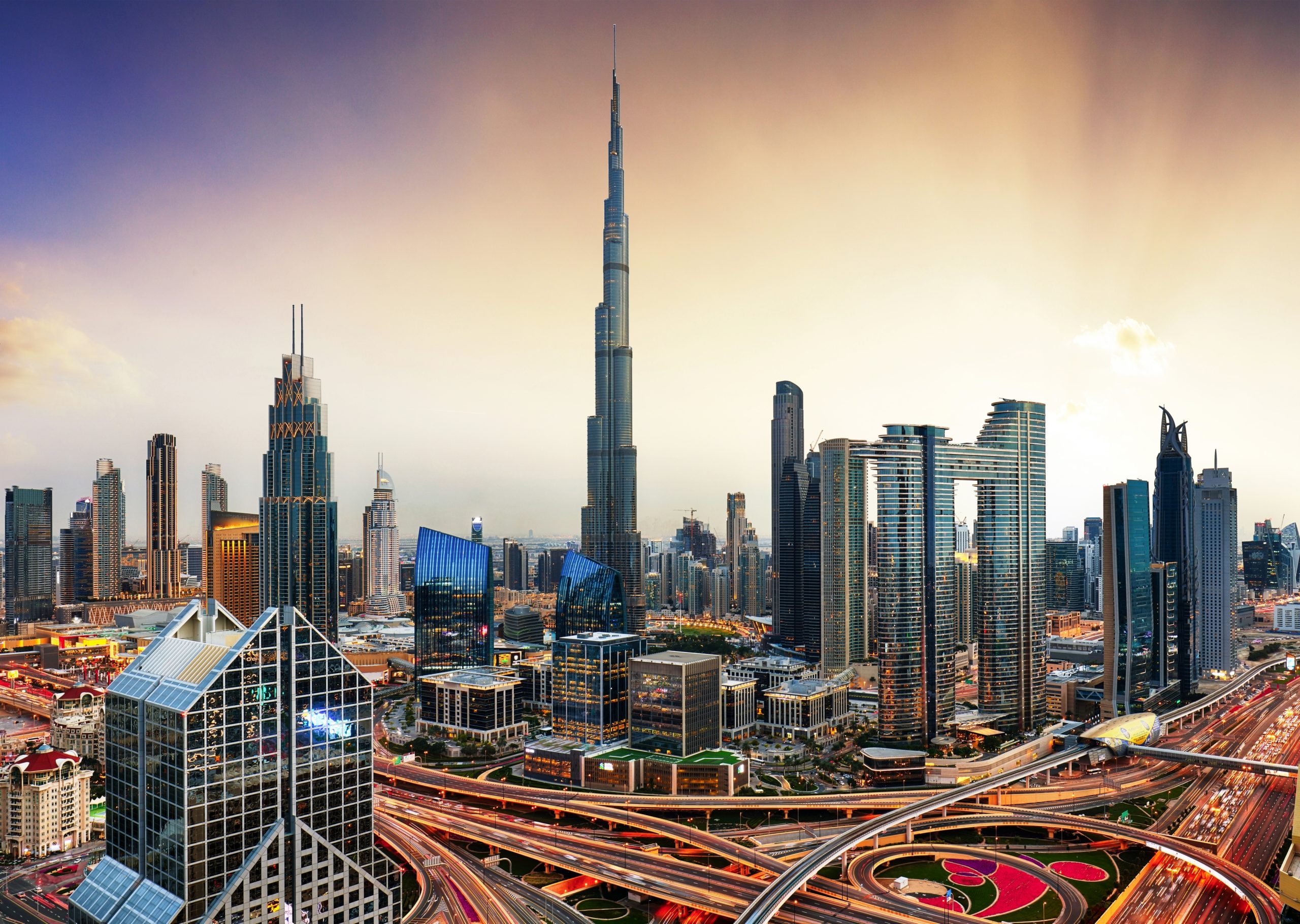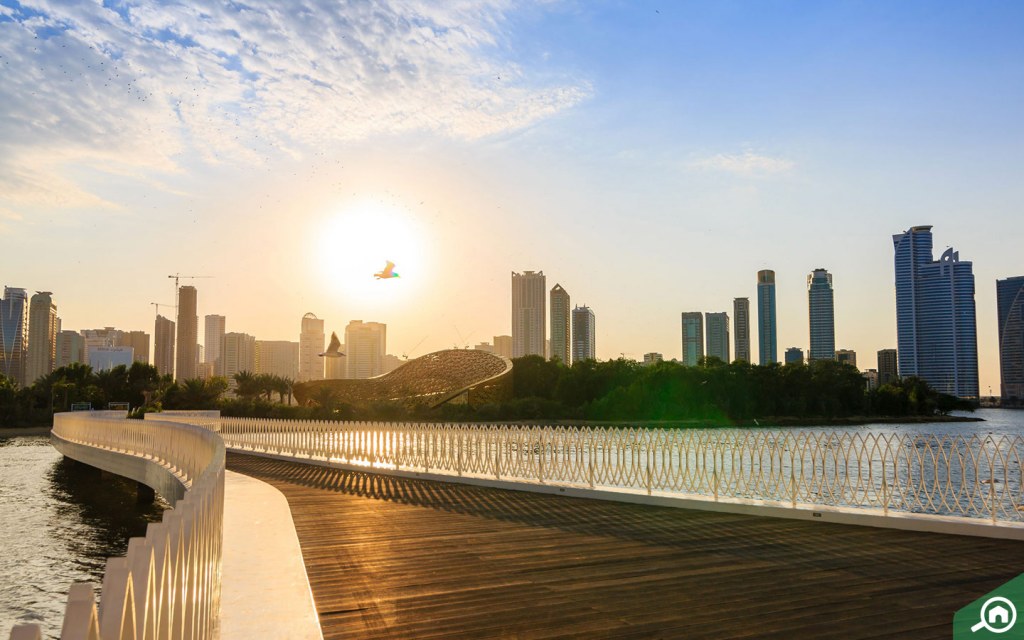Economic Bridges: Supporting Middle Eastern Migration to the U.S.
The United States has consistently served as a magnet for immigrants in search of fresh prospects, with Middle Easterners notably contributing to this influx.
Historical data illustrate significant demographic growth: from fewer than 200,000 in 1970 to approximately 1.5 million by 2000, according to a Center for Immigration Studies analysis of Census Bureau data.
By 2020, this figure rose to over 3.5 million, representing 1.5% of the population identified as White alone or in combination, as per U.S. Census Bureau findings.
Projections for 2024 suggest that the number of Middle Eastern immigrants, including both documented and undocumented, will continue to exceed earlier estimates, signalling sustained strong growth.
This vibrant community, originating from a region rich in history and culture, enriches the multifaceted demographic fabric of the United States, particularly in states like California, Michigan, New York, Texas, and Florida.
U.S. Immigration Pathways
Among the paths used by Middle Eastern immigrants for gaining permanent residency in the U.S., we name the family-based immigration, which is the most common, allowing U.S. citizens and lawful permanent residents to sponsor relatives.
Employment-based (“EB”) visas such as EB-1, EB-2, EB-3, and EB-4 cater to individuals with extraordinary abilities, advanced degrees, or specific valuable skills, including religious workers.
The Diversity Visa Lottery offers up to 50,000 visas annually to people from countries with low immigration rates to the U.S. Those fleeing persecution may seek refuge under asylum or refugee status, while Special Immigrant Visas are designated for certain workers, including those from Iraq and Afghanistan who have assisted the U.S. government.
In the realm of investment and job creation, the EB-5 Immigrant Investor Program stands out by offering permanent residency to foreign investors who meet specific capital investment and job creation criteria, making it a vital pathway for those looking to engage deeply with the U.S. economy.
Middle Eastern immigrants, with their high educational attainment and strong presence in various entrepreneurial landscapes, are particularly well-suited to leverage the EB-5 program.
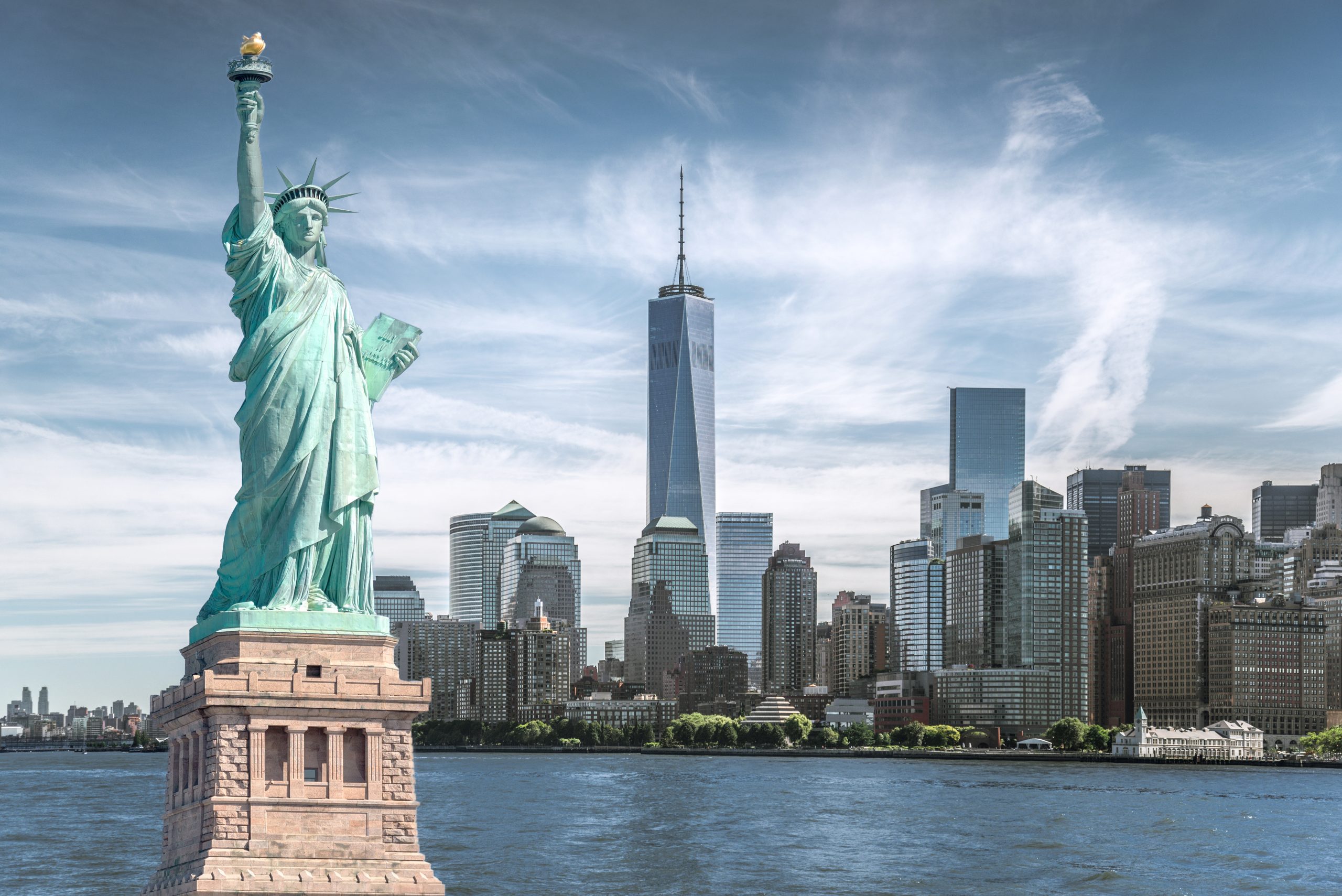
EB-5 Immigrant Investor Program: A Gateway to Growth
Introduced in 1990, the EB-5 Immigrant Investor Program has emerged as a significant source of investment for development projects across the United States, attracting billions of dollars to the U.S. economy and creating tens of thousands of jobs.
Managed by U.S. Citizenship and Immigration Services (“USCIS”), this program is unique as it is the only visa program specifically aimed at stimulating economic growth through job creation.
The program requires foreign investors to invest a minimum of $1.05 million, or $800,000 in areas with Target Employment Area (“TEA”), leading to the creation of at least 10 jobs to qualify for permanent residence in the U.S.
There are 10,000 EB-5 visas available each fiscal year. Investors have the option to invest directly in a job-creating business or through Regional Center approved by USCIS to promote economic growth in designated areas. After initial approval, the investor gains conditional residence for two years. To convert this to permanent residency, the investment must have led to the creation of at least 10 jobs for minimum 2 years.
Promising Outlook for EB-5 Investors
Fiscal Year 2024 is shaping up to be exceptionally favorable for EB-5 investors, with an estimated 22,233 visas available, subject to final adjustments. This increase is largely due to the carryover provisions in the EB-5 Reform and Integrity Act of 2022, allowing unused visas from previous years to accumulate.
Industry experts anticipate a significant boost in visa allocations, providing a unique opportunity for investors, especially those from regions like the Middle East where high educational attainment and entrepreneurial spirit abound.
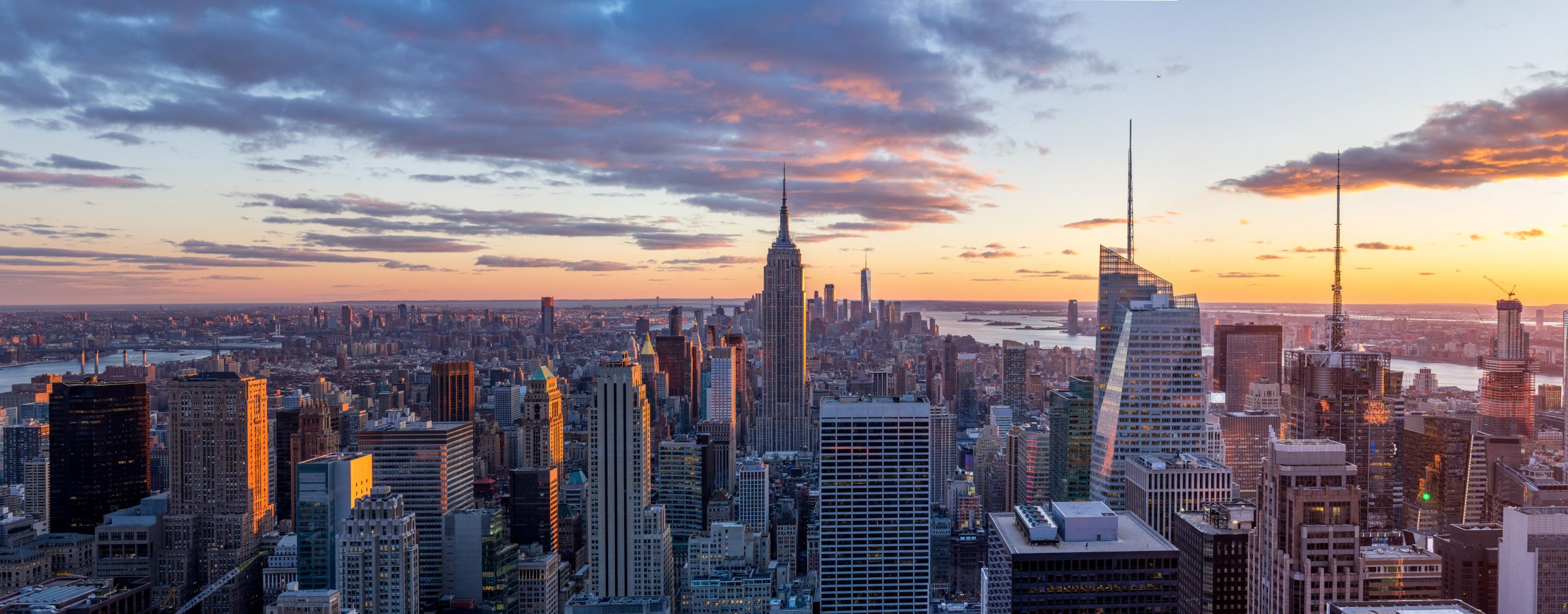
Regional Centers and Economic Impact
Regional Centers play a crucial role in the EB-5 investment framework. These economic entities, which may be public or private, focus on pooling investor funds for projects that enhance regional productivity, job creation, and capital investment.
Although Regional Center designation by USCIS does not imply government endorsement or risk elimination, it allows investors to benefit from a broader definition of job creation, which includes both indirect and direct job creation metrics.
Therefore, if you’re a Middle Eastern individual looking to explore EB-5 investment opportunities, we are here to offer you an expert guidance and comprehensive support. To learn more about how the EB-5 visa can facilitate your pathway to permanent residency and economic success in the U.S., you only need to reach out to us on this email: marie@kanebridgenewsme.com
Chris Dixon, a partner who led the charge, says he has a ‘very long-term horizon’
Americans now think they need at least $1.25 million for retirement, a 20% increase from a year ago, according to a survey by Northwestern Mutual
Villa prices saw particularly strong growth, with capital values increasing by 33.4 percent year-on-year
Dubai’s real estate market showed strong performance in the second quarter of 2024, with notable increases across the residential, office, and retail sectors, according to a new ValuStrat real estate report for Q2 2024.
Villa prices experienced particularly strong growth, with capital values rising by 33.4 percent year-on-year.
Haider Tuaima, Director and Head of Real Estate Research at ValuStrat said: “The Dubai real estate market has shown impressive growth and resilience in recent months. The ValuStrat Price Index for Residential Capital Values increased by 6.4 percent quarterly and 28.2 percent annually, reaching 178.2 points.
“Despite severe flooding caused by record rainfalls in April, the quick and effective response from developers and authorities helped to control the damage, ensuring that market activity and property valuations remained robust in the subsequent months.”
The office sector also performed well, with the VPI for office capital values surging by 31.7 percent annually and 9.4 percent quarterly, reaching 212.5 points—the highest quarterly increase in a decade.
In the retail sector, Emaar Properties reported 98 percent occupancy in their prime mall assets, while overall mall occupancy stood at 96 percent during the first quarter of 2024. The hospitality sector also saw growth, with total international guests reaching 8.12 million as of May 2024, a 9.9 percent increase compared to the same period last year. Hotel occupancy reached 81 percent, rising by 1.4 percent year-on-year.
Despite these positive indicators, Tuaima added, “The decline in transaction volumes calls for a closer examination of market dynamics as stakeholders navigate this evolving landscape.”
Chris Dixon, a partner who led the charge, says he has a ‘very long-term horizon’
Americans now think they need at least $1.25 million for retirement, a 20% increase from a year ago, according to a survey by Northwestern Mutual












